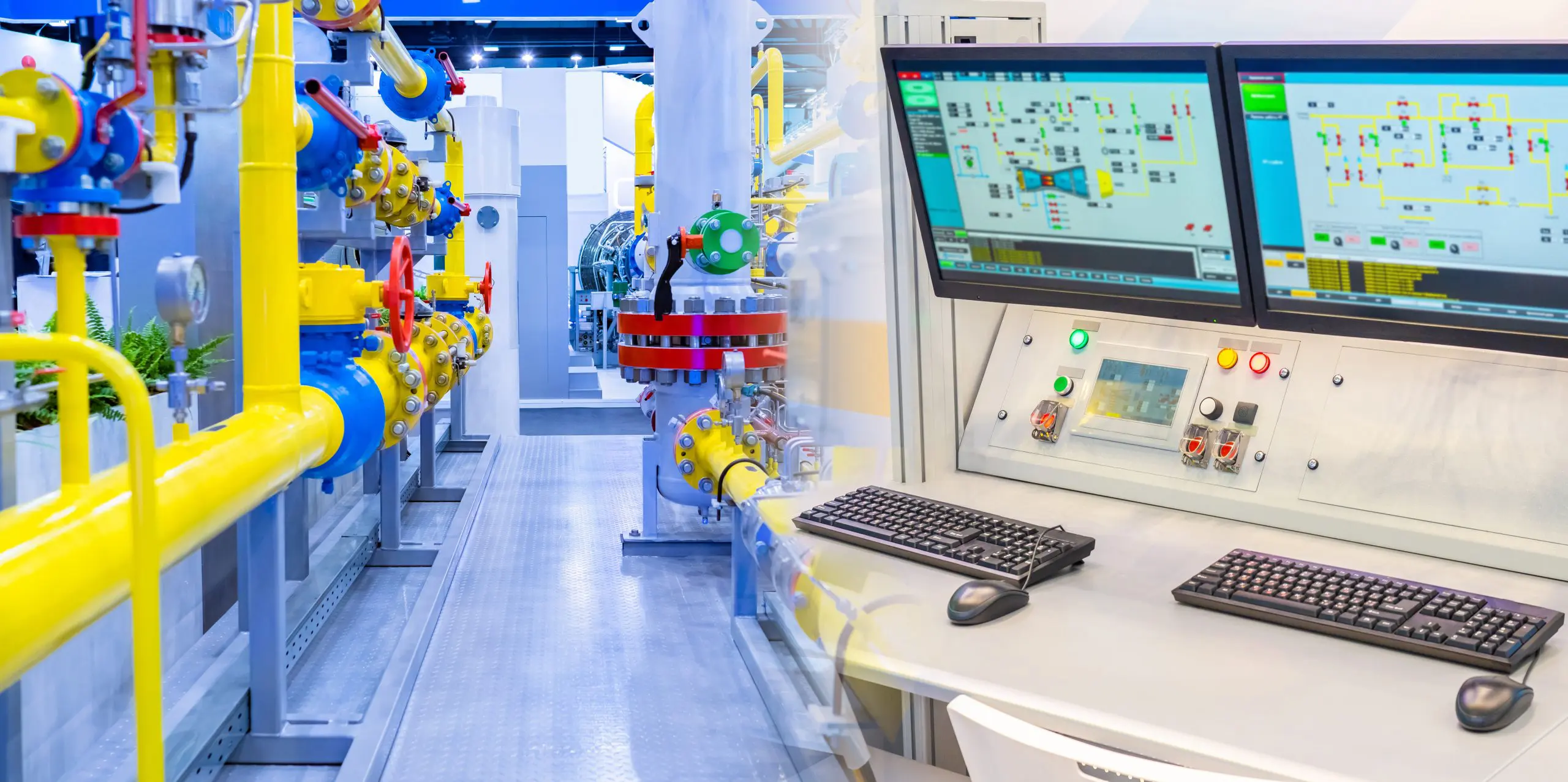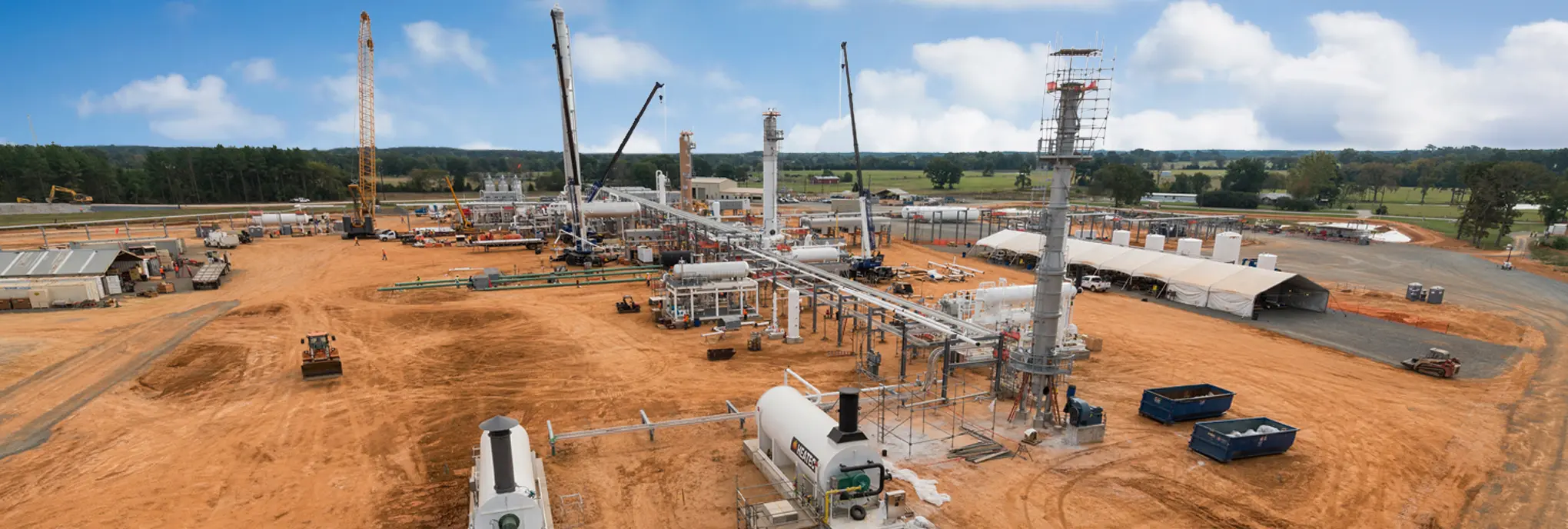

Want to share this article?
Managing Threats That Compromise Pipeline Integrity
In general, threats that compromise pipeline integrity are categorized into three groups: time-dependent threats, time-independent threats, and stable threats.
Each presents unique challenges that must be overcome in order to ensure safe and efficient transmission of oil and gas products, and as a result, understanding what they are, how they occur, and how to protect against them is critical to maximizing profitability.
Time-dependent threats are issues with a pipeline that occur over time. This includes internal and external corrosion and stress corrosion cracking (SCC). Though these threats can be partially mitigated by adding protective measures to pipe infrastructure (i.e., protective coatings), they are typically addressed by ongoing and periodic assessments, in line inspections, and pressure testing. Time-dependent threats are the driving force behind the development of assessment tools recommended in regulations aimed at integrity management programs.
Time-independent threats are issues that occur as a result of an outside force. The most common of these threats is pipeline damage caused by erosion, operator error during excavation and/or operations. Unlike time-dependent threats, which require periodic assessments, the most effective way for owners and operators to avoid time-independent issues is through proactive prevention. Following proper operating procedures, adhering to best practice guidelines for maintenance and repair operations, and ensuring that all onsite personnel have been properly trained before engaging in excavation activities are all critical to managing such risks.
Stable threats are those that remain benign unless activated by a change in operations or the surrounding environment. The most common stable threats are physical defects in pipeline infrastructure that occur during the manufacturing process. These threats are most effectively managed by close monitoring after post-installation/construction pressure tests, which helps determine the initial state of the pipeline. Studies have shown that most pipeline defects are unaffected by the pressure changes that naturally occur during transmission operations, and as a result, they are considered to be “stable”.











